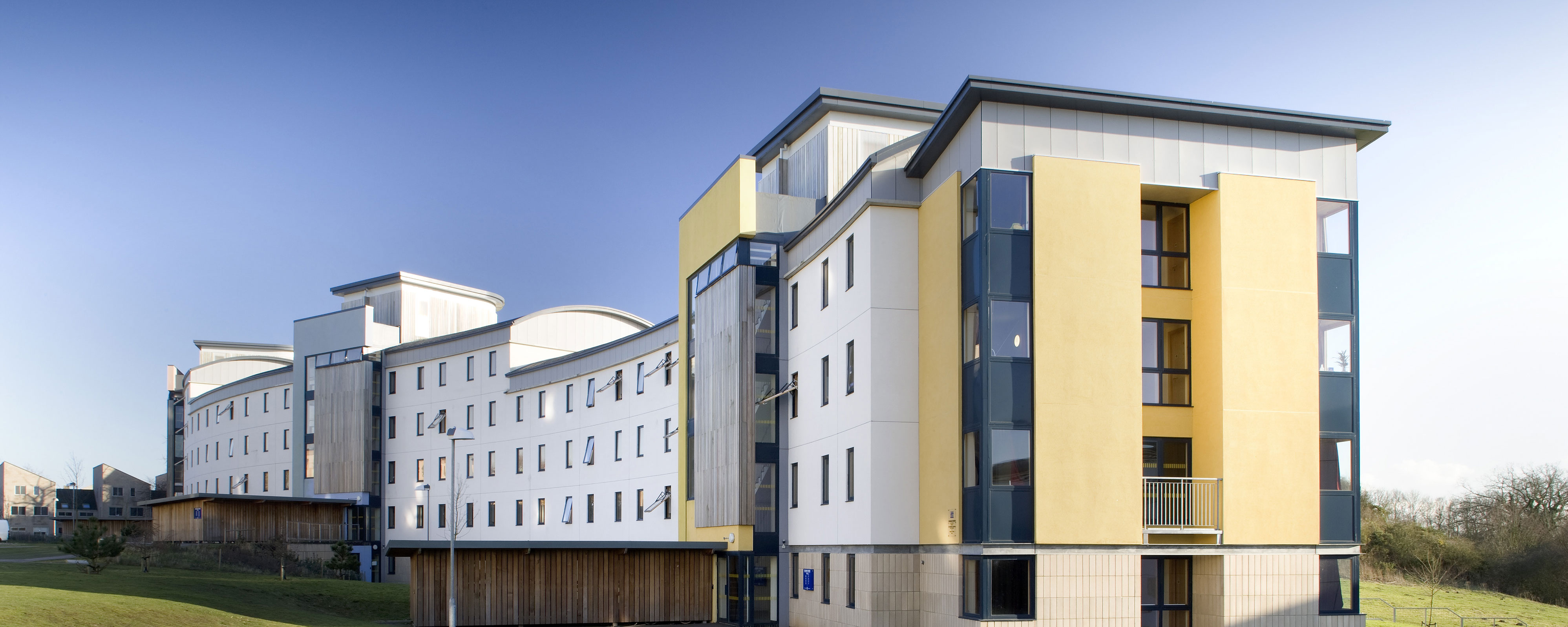News
Architectural Photography: How To Take Photos of Buildings
Many of us will have tried our hand at Architectural Photography, but when it comes to taking a great photo of a building, what should you be looking for? Richard Osbourne from Blue Pearl Photographic gives some useful tips in his guest blog.
Building photography is split into two separate disciplines: architectural photography covering mainly exteriors; and interior photography – self-explanatory. They each require a different approach and, at the professional level, even quite different equipment.
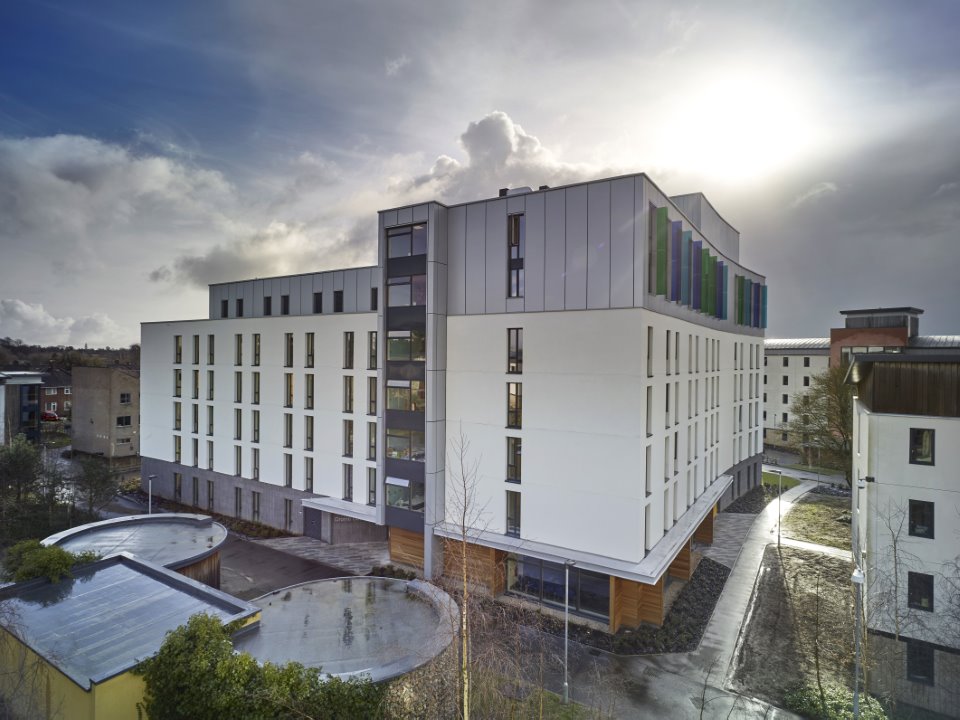
Architectural Photography
Because architectural photography takes place outside, it has quite a lot in common with landscape photography in the sense that the biggest factor is weather and light. Generally speaking, photographers have to use available light so, to get a great photograph of a building, great light is a big help. That’s why many architectural images are taken either just after dawn or just around dusk: it’s when the light is most interesting, with the best colours, and the low angle of light hitting the building adds ‘modelling’, emphasising the shape of the building. Switching the lights on inside the building gives that magical glowing effect and contrasts nicely with a deep blue or purple sky.
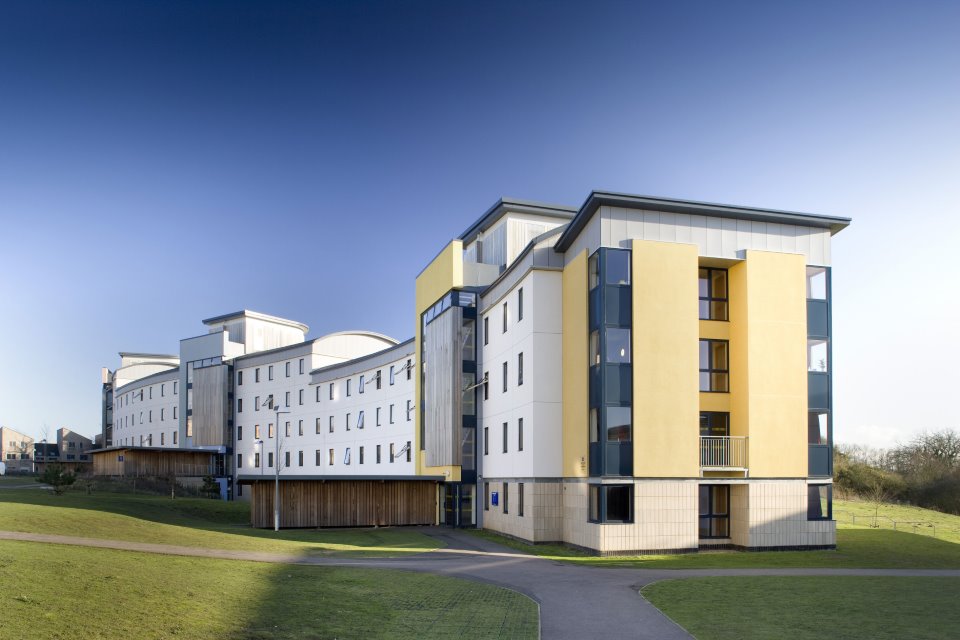
Now, there is a caveat here. If you want to photograph the front of the building and that faces, say, south, at dawn and dusk, it’s going to be in the shade. So, you may have to wait a few hours for the sun to travel round and hit the south face. A nice blue sky image, with white fluffy clouds can still be very effective so don’t rule it out, even if the entrance faces another direction.
Bad weather is slightly more challenging. Rain alternating with sun can give a very dramatic effect, though only in the sunshine! Heavy grey clouds can similarly be interesting – great for a very moody effect. Flat grey skies are the most difficult conditions. If you have no choice but to take the photo in this conditions, thanks to the wonders of Photoshop, you might consider subtly (!) blending in a little blue sky at the corners. It’s remarkable how the mood of the image can be changed because of this.
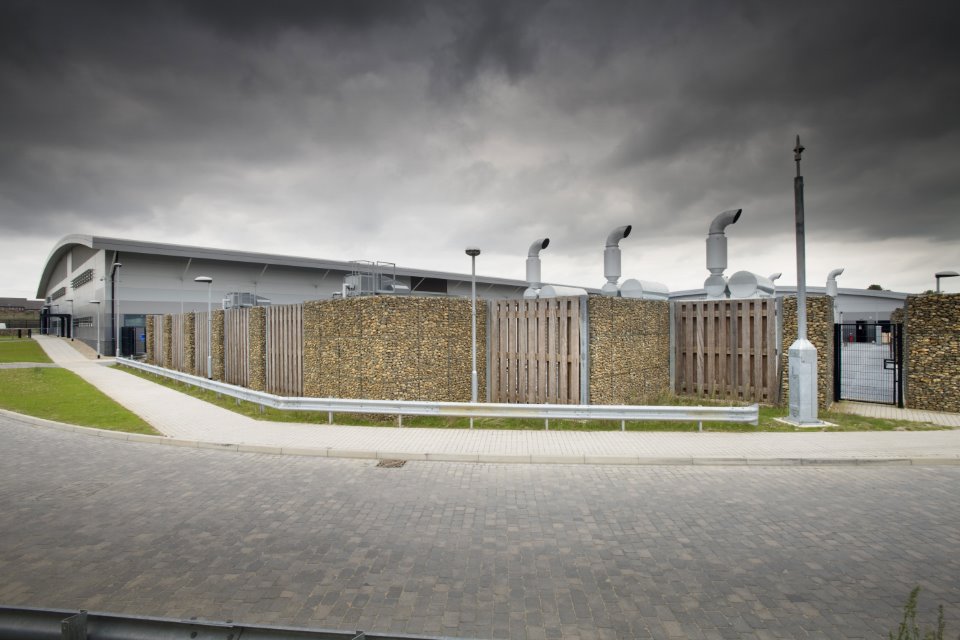
When commissioned to photograph a building, I tend to watch the weather for a week before and will change the shoot day if it doesn’t look like it’ll be fine on the chosen date. I also like to see plans and photos of the building so that I know roughly what I’m dealing with. On arrival, I’ll walk all round the outside of the building to find the best shooting angles and the most interesting details. I’ll note where the sun is and where the problems are, whether that’s a skip in the way, a delivery van, cones, unfinished landscaping, people coming and going etc.. As much as possible, the best angles will exclude the problems, but not always – so I may have to wait for vehicles and people to move, or get the client to move some things out of the way. If all else fails, I know there’s Photoshop, though getting it right ‘in camera’ is preferable.
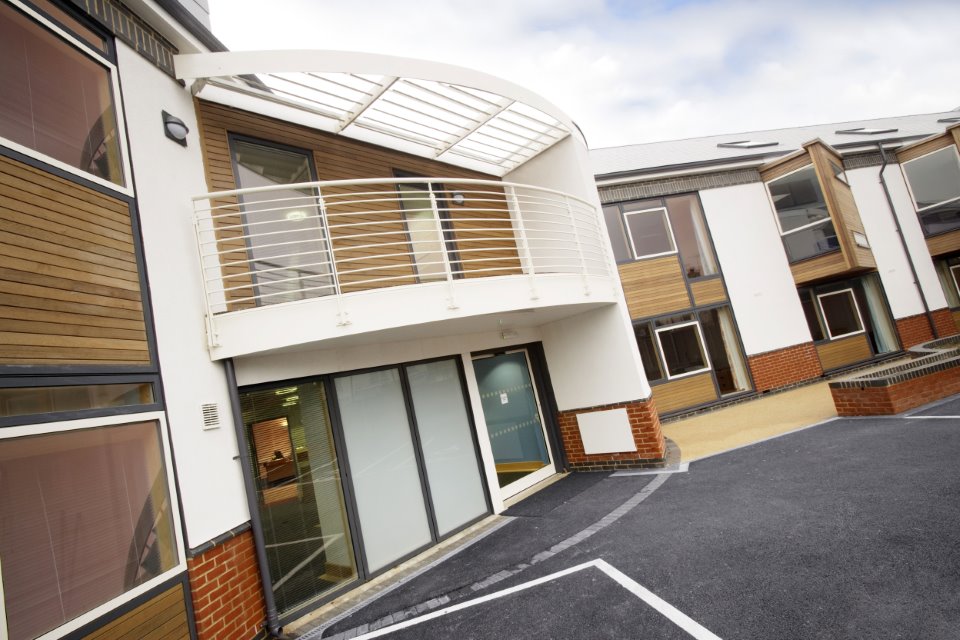
A major consideration with architectural photography is context. It’s essential to show how the building works with its surroundings and how this is done can vary. If there is a long view towards the building, a shot from far away can work. A shot from above – either from another building, or high ground, or a cherry-picker, or a big tripod, or a drone, or even a helicopter – can give a similar sense of context. Night shots with a lot of traffic leaving light trails can show that a building is on a busy road without it looking too ugly.
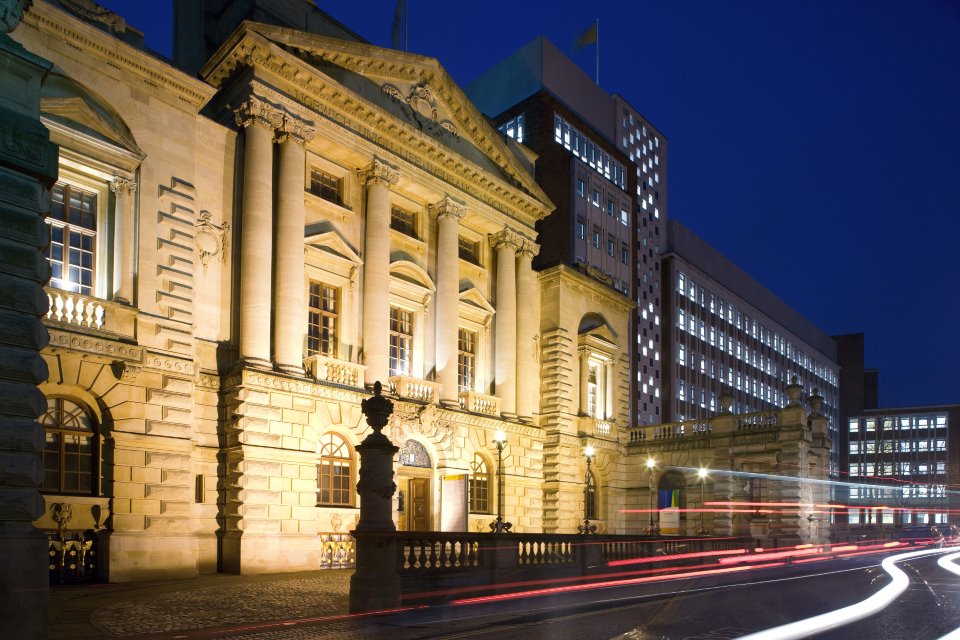
Overall, what makes a good architectural image? Here are 6 points you should always consider:
- First and foremost, magic – that special combination of light, colour and form that lifts an ordinary image – of anything at all, in any artistic field – into something special. It’s the je ne sais quoi in the artist’s work that attracts your attention and keeps it. It results, in most cases, from years of practice, good light, good luck, good technique, good equipment and just being there at the right moment.
- Good light – this is transformative to every aspect of how a building appears, from the colours to the modelling of forms to the appearance of surface textures – as well as giving the overall image the sparkle and colour it needs to stand out.
- Is it descriptive – does it really show the building, in its best light, in context?
- Does it communicate the architects design intent – Architectural photography should show the special details, that have the real love in them, does your photo details that, despite the difficulty, despite the expense, were included in the design and that make the building?
- Technical quality – details such as straight verticals, correct white balance, good colour, good processing, all contribute to whether the image ‘feels real’, ie. does it show the place as it actually is?
- Human elements – it’s good to have something in the photo that can give some sense of scale, whether that is cars, roads, people or even just a doorway.

